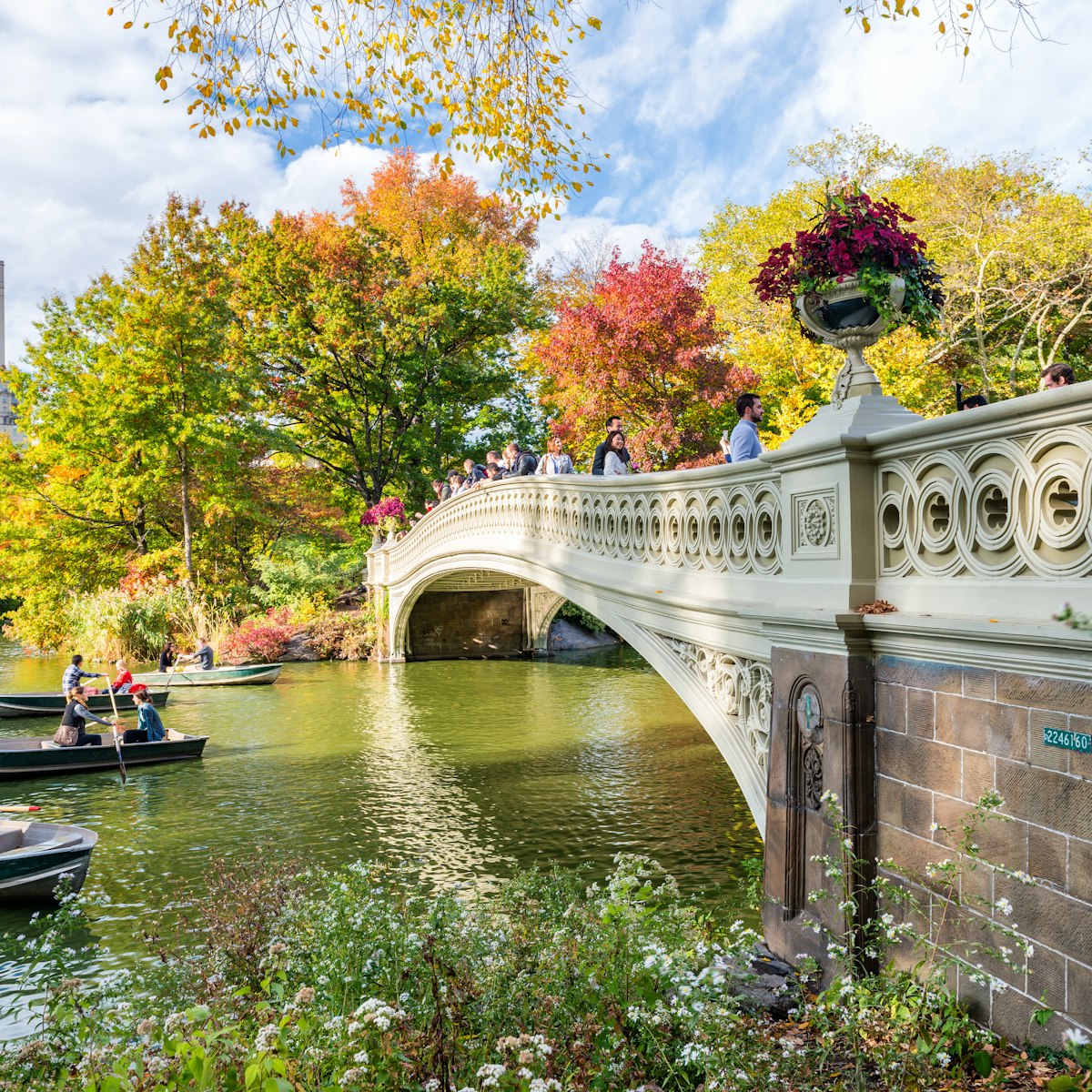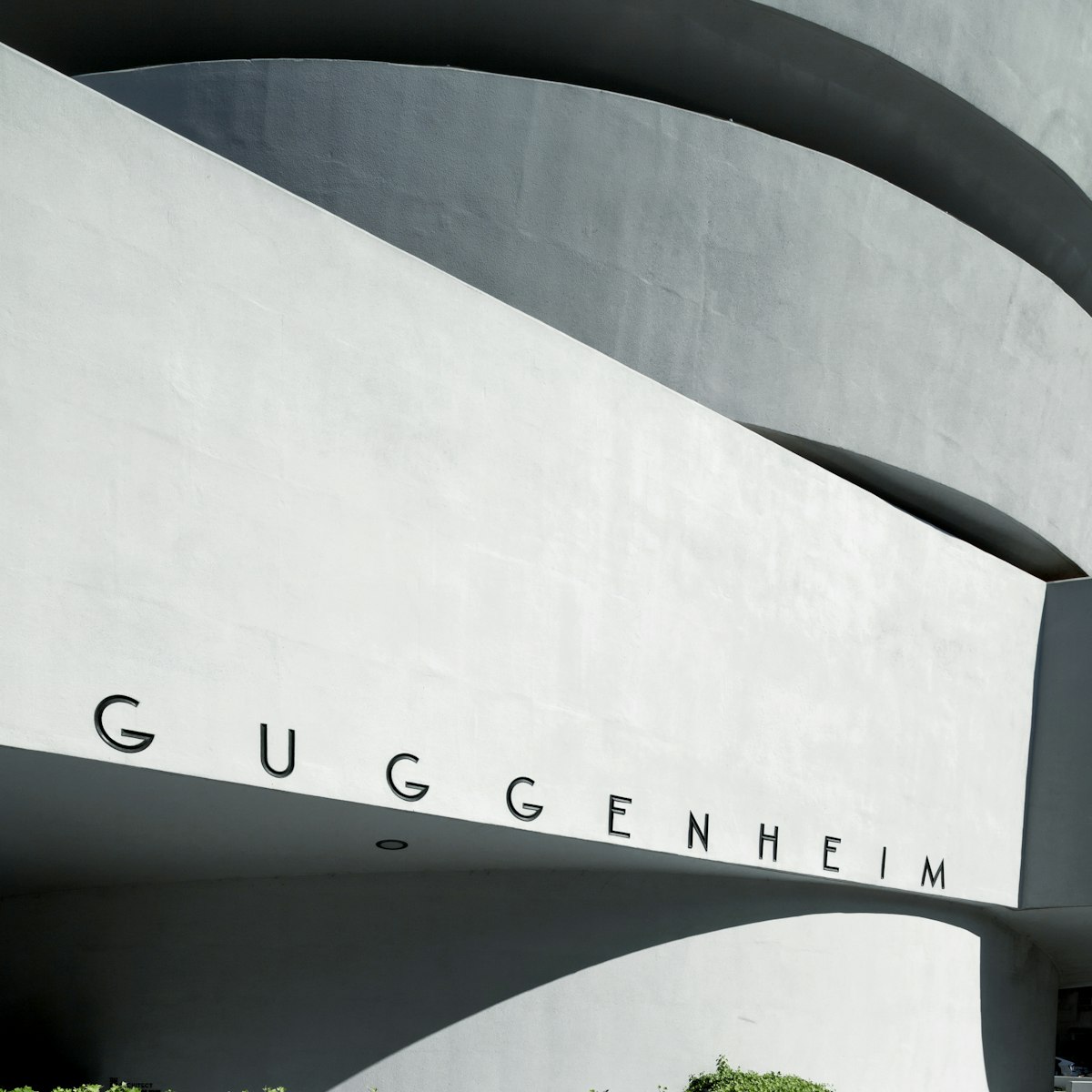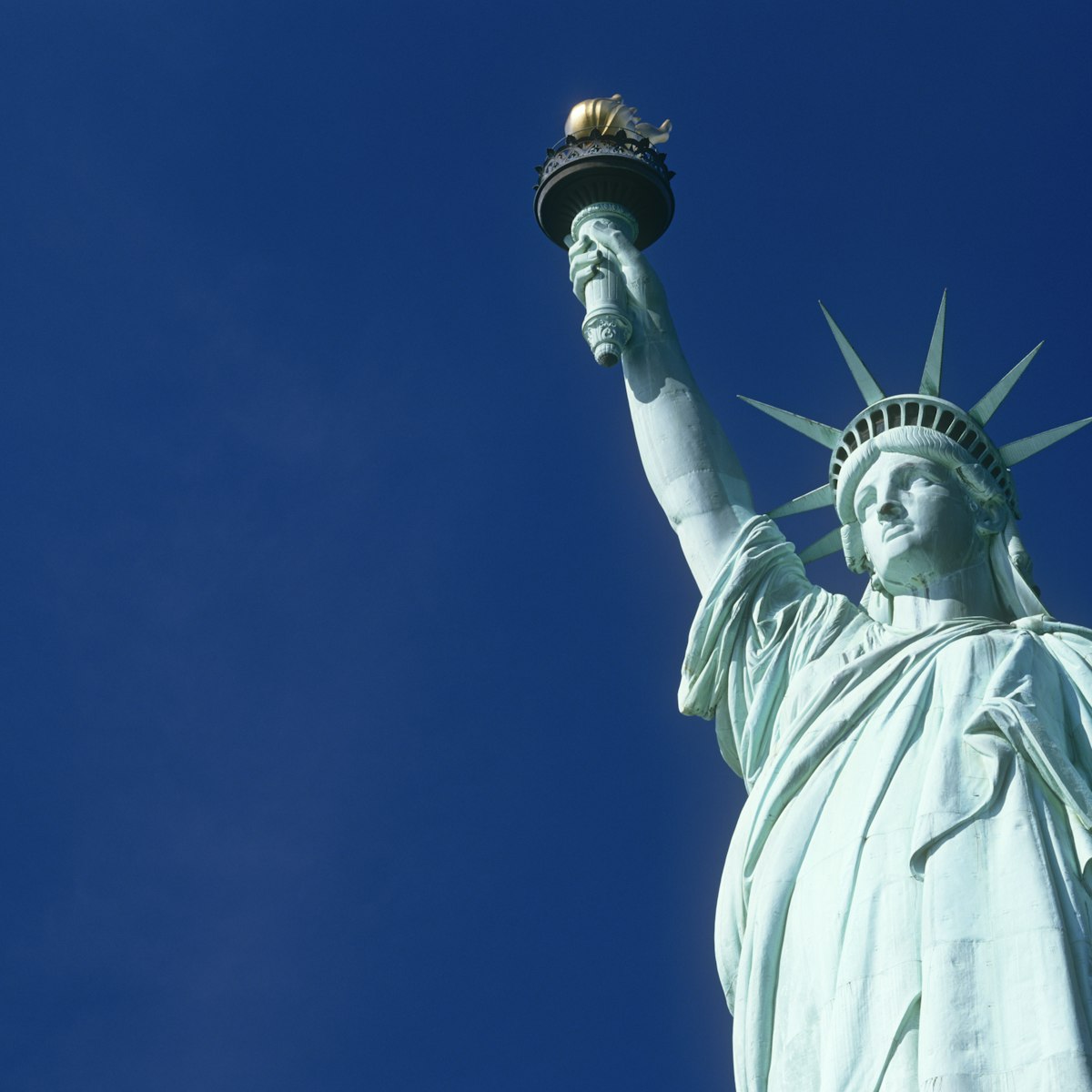Union Square is like the Noah’s Ark of New York, rescuing at least two of every kind from the curling seas of concrete. In fact, one would be hard pressed to find a more eclectic cross-section of locals gathered in one public place: suited businessfolk gulping fresh air during their lunch breaks, dreadlocked loiterers tapping beats on their tablas, skateboarders flipping tricks on the southeastern stairs, old-timers poring over chess boards, and throngs of protesting masses chanting fervently for various causes.
Opened in 1831, Union Square quickly became the central gathering place for those who lived in the mansions nearby. Concert halls and artist societies further enhanced the cultured atmosphere, and high-end shopping quickly proliferated along Broadway, which was dubbed ‘Ladies’ Mile.’ When the Civil War broke out, the vast public space (large by New York standards, of course) was center stage for protesters of all sorts, from union workers to political activists. By the height of the WWI, the area had fallen largely into disuse, allowing politically and socially driven organizations like the American Civil Liberties Union, the Communist and Socialist Parties and the Ladies’ Garment Workers Union to move in. After over a century of the continuous push-and-pull between dapper-dom and political protest, a third – artistic, if not thoroughly hippie-ish – ingredient was tossed into the mix when Andy Warhol moved his Factory to Union Sq West (at the Decker Building, No 33). The building is now a chain candy store – a telling sign of the times.
A walk around Union Square will reveal almost a dozen notable pieces of art, including an imposing equestrian statue of George Washington (one of the first public pieces of art in New York City). On the southern side of the square sits Metronome, a massive art installation consisting of two parts – a digital clock with a puzzling display of numbers, and a wand-like apparatus with smoke puffing out of concentric rings. A symbolic representation of the passage of time, the clock’s 14 digital numbers must be split into two groups of seven – the seven from the left tell the current time (hour, minute, second, tenth-of-a-second) and the seven from the right are meant to be read in reverse order; they represent the remaining amount of time in the day.
One of the city's most-popular farmers markets is held on the north and west sides of Union Square every Monday, Wednesday, Friday and Saturday from 8am to 6pm. The southern half also gets taken over by a holiday market each winter.







